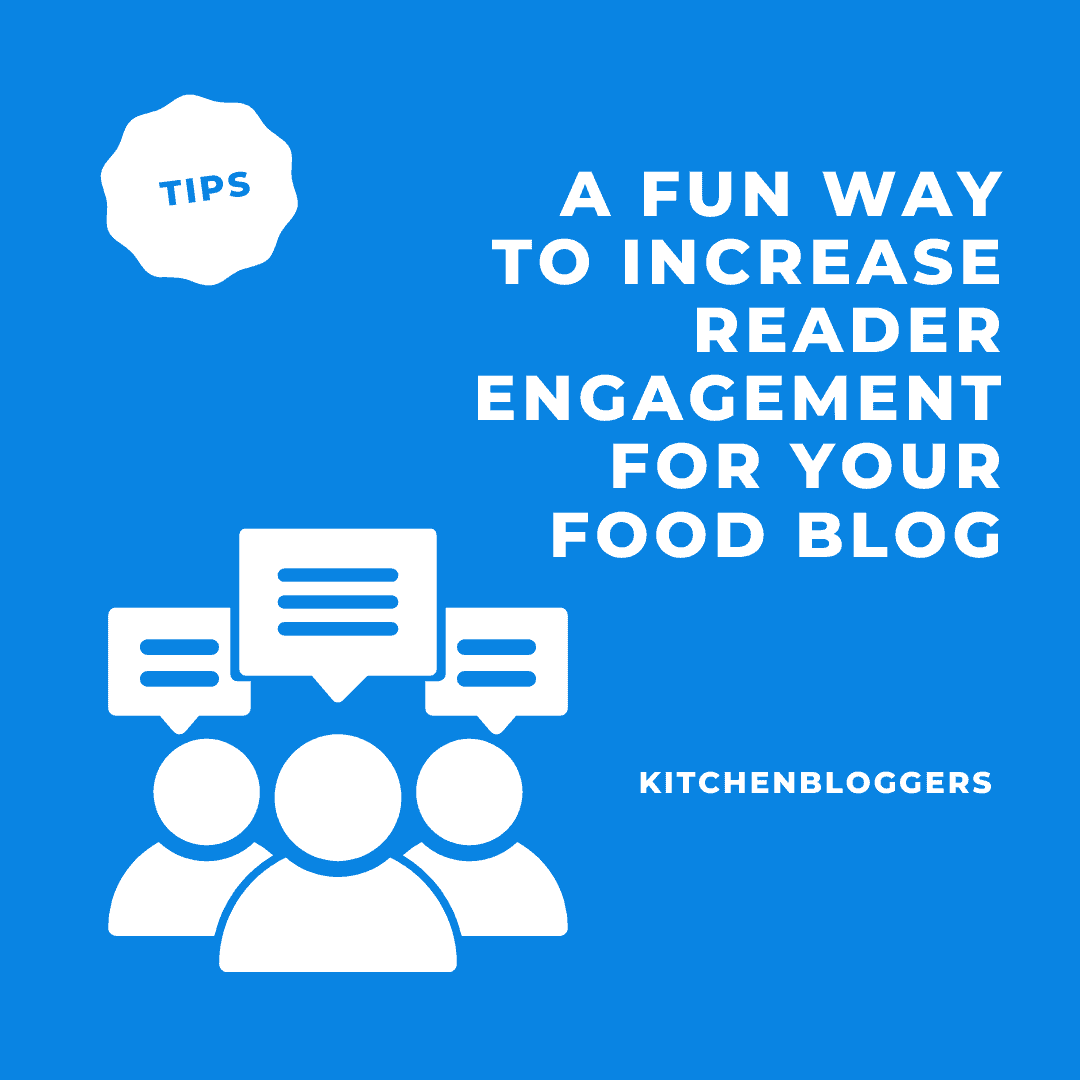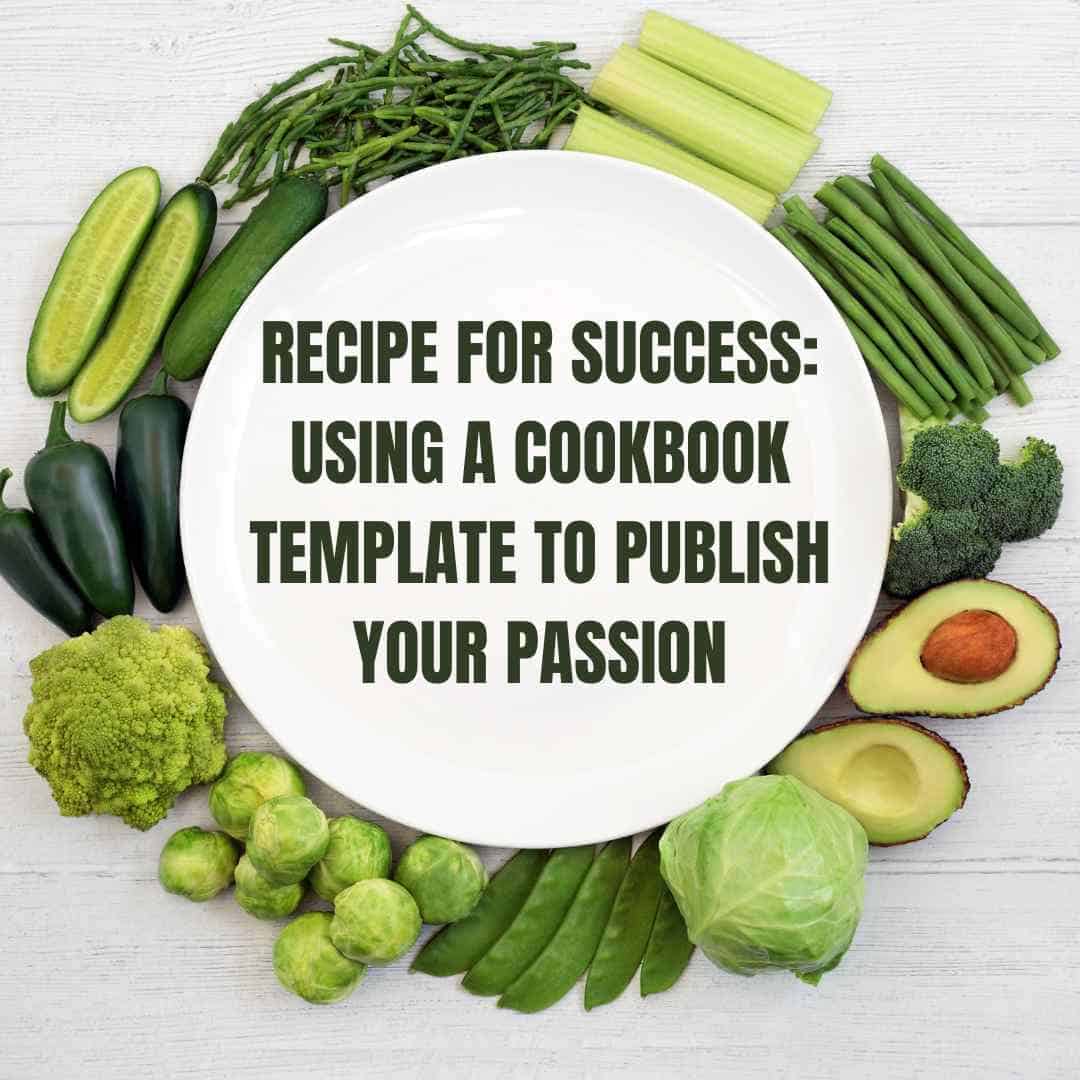
Cooking is an art that brings joy, comfort, and a sense of accomplishment to our lives. Whether you’re a seasoned home cook or a passionate food blogger, there’s a unique charm in creating and sharing culinary delights.
What better way to showcase your culinary prowess than publishing your unique cookbook?
Imagine having a beautifully designed collection of your favorite recipes, complete with mouthwatering food photography, all neatly organized and ready to share with the world.
With a cookbook template, you can easily create a stunning book highlighting your unique cooking style and celebrating the food you love!
A Cookbook’s Purpose
At its core, a cookbook is a treasure trove of culinary wisdom and a guide that enables cooks of all levels to recreate delicious dishes in their kitchens — but its purpose extends beyond providing recipes.
A cookbook is a gateway to culinary exploration, a source of inspiration, and a tangible expression of creativity. Cookbooks can serve as gifts, heirlooms, or even tools for generating income!
They can unite people, spark conversation, and create lasting memories around the dining table. Here are all the roles of a cookbook.
Instructional Tool
A cookbook primarily serves as an instructional tool, guiding readers through the process of creating a variety of dishes. It offers step-by-step recipes, ingredient substitutions, and cooking techniques and often includes tips for presentation and serving.
Culinary Inspiration
Cookbook readers can discover new cuisines, ingredients, and cooking methods, sparking their culinary creativity. A well-curated cookbook can inspire readers to experiment and develop their recipes.
Personal Expression
A cookbook can be a personal testament to one’s culinary journey. It can depict stories tied to recipes, capturing reflections, fond memories, and cultural heritage.
Community Building
Cookbooks can foster community by sharing recipes for specific regions, cultures, or families. They can unite people, encouraging them to share their cooking experiences and traditions.
Income Generation
Publishing a cookbook can generate revenue for food bloggers, chefs, or culinary enthusiasts. It can serve as a platform to showcase their culinary skills and passion, resulting in book sales, brand partnerships, or increased blog traffic.
Preservation of Culinary Heritage
Cookbooks can document and preserve traditional recipes, ensuring you pass them down through generations. They can act as a historical record, safeguarding culinary heritage from being lost over time.
Gift or Keepsake
A crafted cookbook can make a thoughtful, personalized gift or a cherished keepsake. It’s the perfect way to share your favorite recipes with friends, family, or future generations!
What Makes a Good Cookbook?
The factors that contribute to the quality of a cookbook can be subjective. Yet, certain universal qualities set an excellent cookbook apart:
- • Clarity and Simplicity: The instructions are easy to understand and follow, making them accessible to cooks of all skill levels.
- • High-Quality Photos: Attractive photos help readers visualize the end product, which aids in the cooking process and the inspiration they derive from the book.
- • Variation in Recipes: A mixture of simple and complex recipes caters to a wide audience, from novice to seasoned chefs.
- • Meaningfulness: The best cookbooks often have an underlying theme or story that connects the recipes. This meaning adds depth to the cookbook, making it more than just a list of recipes; it becomes a journey into the author’s world of culinary experiences!
Publishing a Cookbook
Creating a cookbook is a journey that requires careful planning, dedication, and a sprinkle of creativity. Here’s a look at the main steps involved in publishing a cookbook:
- Have a Concept: Are you diving into regional cuisine, exploring healthy eating, or compiling a collection of family favorites? Define your concept to guide your recipe selection and overall design.
- Choose Recipes and Create an Outline: Select a variety of recipes that align with your concept. Create a well-structured outline, grouping recipes into chapters or sections. Ensure the flow of recipes makes sense and keeps readers engaged.
- Fine-Tune and Test Recipes: Pay attention to measurements, timings, and special techniques. Make adjustments as needed to ensure foolproof results for your readers.
- Write, Write, Write!: Craft engaging and concise recipe instructions. Tell a story with your intros, share tips, and provide substitutions
- Work on Photography and Layout: Invest time in styling and capturing appetizing images. Consider the layout, fonts, and color schemes that complement your theme. This part is often the most challenging, especially if you have yet to gain design experience.
- Edit and Publish: Thoroughly edit your cookbook for grammar, clarity, and consistency. Once polished, decide on the digital, print, or both publishing formats!
Cookbook templates can be a boon in the cookbook creation process. If you need help with how to start, let us help you out.
What Are Cookbook Templates?
Cookbook templates are pre-designed layouts that streamline the creation of a visually appealing cookbook. These templates provide a framework for arranging recipes, photographs, and text in an organized and professional manner. And the best part? You can find lots of them online!
Why Use a Cookbook Template?
Using a cookbook template offers several advantages.
Efficient
Cookbook templates eliminate the need to design from scratch, significantly reducing the time invested in the layout process.
Consistent
With a set structure, all pages will follow the same pattern, lending your cookbook a unified and professional appearance.
Easy To Use
Often, cookbook templates are user-friendly and require no advanced design skills. It makes it easy for anyone to create a visually appealing cookbook.
Customizable
Despite offering a pre-established framework, templates allow for customization. You can alter fonts, colors, and layout elements to match your unique vision and style.
Versatile
Templates are available for various cookbooks, whether they are focused on vegetarian, dessert, or regional cuisine. This variety ensures there’s a template to suit every need and preference.
Streamlined
Templates often come with embedded guidance on formatting for digital and print publishing. They can help ensure your cookbook adheres to standard publishing requirements, simplifying the final stages of your project.
Cookbook Template Tips
You can find many cookbook templates online, but how do you choose the right one? Here are a few tips to keep in mind:
- • Select a template that complements your theme and brand: Your template should reflect the theme of your cookbook and align with your brand’s voice.
- • Prioritize layout flexibility: An ideal cookbook template should provide ample flexibility to help create an organized page flow and room for creative control when adding visual elements throughout the book.
- • Consider compatibility: Ensure the selected template matches your preferred word-processing software, such as Microsoft Word or Adobe InDesign.
- • Prioritize mobile-friendliness: If you plan to publish your cookbook as an e-book, ensure the template is mobile-friendly. Remember, almost everyone carries a smartphone or tablet, especially useful in the kitchen!
- • Highlight visual appeal: Choose a template with plenty of visual appeal. After all, your cookbook should be informative and visually engaging.
Cookbook Template Ideas
If you think things can’t get any easier, think again! To get you started, here are our favorite cookbook template ideas.
Canva
Canva is a versatile online design platform that offers a wide range of templates, including cookbook layouts. It’s user-friendly and allows you to customize every aspect of your cookbook!
At KitchenBloggers, we offer comprehensive Canva templates that simplify the cookbook creation process. Check out our blog post on creating your recipe book with our Canva template for step-by-step guidance.
Recipe and Food Photography
Recipe and food photography are the two most important elements of a cookbook. Recipes must be easy to follow, and photos should be delicious. With them, your cookbook might serve its purpose.
At KitchenBloggers, we also provide original, professionally crafted recipes and food photography for bloggers. Our high-quality content is available for licensing, allowing you to enhance your cookbook with stunning visuals that capture the essence of your culinary creations!
Trust KitchenBloggers for Cookbook Templates
Why should you invest in KitchenBloggers’ cookbook templates? We have a few answers to this question.
You Deserve Expertise
KitchenBloggers leverages years of experience in the food blogging industry. We understand what works and doesn’t and incorporate this expertise into our offerings.
You Want Quality and Visual Appeal
Our templates are attractive and highly functional. Moreover, we carefully craft the original recipes, ensuring they are easy to follow and yield delicious results! Our professionally shot food photography also makes your culinary creations irresistible to your readers!
You Need Licensing
Our content licensing allows you the freedom to utilize our high-quality recipes and images in your cookbook. This service not only saves you the time and effort of creating your own but also guarantees a level of quality and professionalism in your content.
You Deserve a Meaningful Cookbook Journey
At KitchenBloggers, we make sure your cookbook is a journey worth taking. You will inspire and engage your readers with every page they turn, ensuring a memorable experience! We understand your passion for food and will help you share it.
KitchenBloggers Says Let’s Get Cook(book)ing!
In a world where culinary creativity knows no bounds, publishing a cookbook is a delightful journey that lets you share your passion, skills, and stories with a wider audience. A cookbook is a canvas where you can paint your culinary dreams, so embrace the power of a cookbook template!
Let KitchenBloggers be your guiding light in turning your culinary passion into a beautifully published reality. Start your cookbook journey today, and savor the satisfaction of inspiring others through cooking.
Happy cooking and publishing!
FAQs
How do I create a cookbook template in Word?
You can create a cookbook template in Word by creating a new document and customizing the entire design, layout, fonts, and styles as per your requirements. You can add sections for recipes, ingredients, images, and detailed instructions.
Is there a cookbook template?
Yes, a wide range of cookbook templates are available in different formats. You can explore KitchenBlogger’s large collection of cookbook templates that you can customize in Canva quickly and easily.
How do I design a cookbook?
In order to design a cookbook, you have to choose a suitable theme and overall design of the cookbook. Moreover, you have to come up with a suitable layout in which all of your recipes can fit and also use high-quality images to make the cookbook attractive.
Does Google Docs have a cookbook template?
No, Google Docs does not have a built-in cookbook template, but you can customize a document to create such type of template.

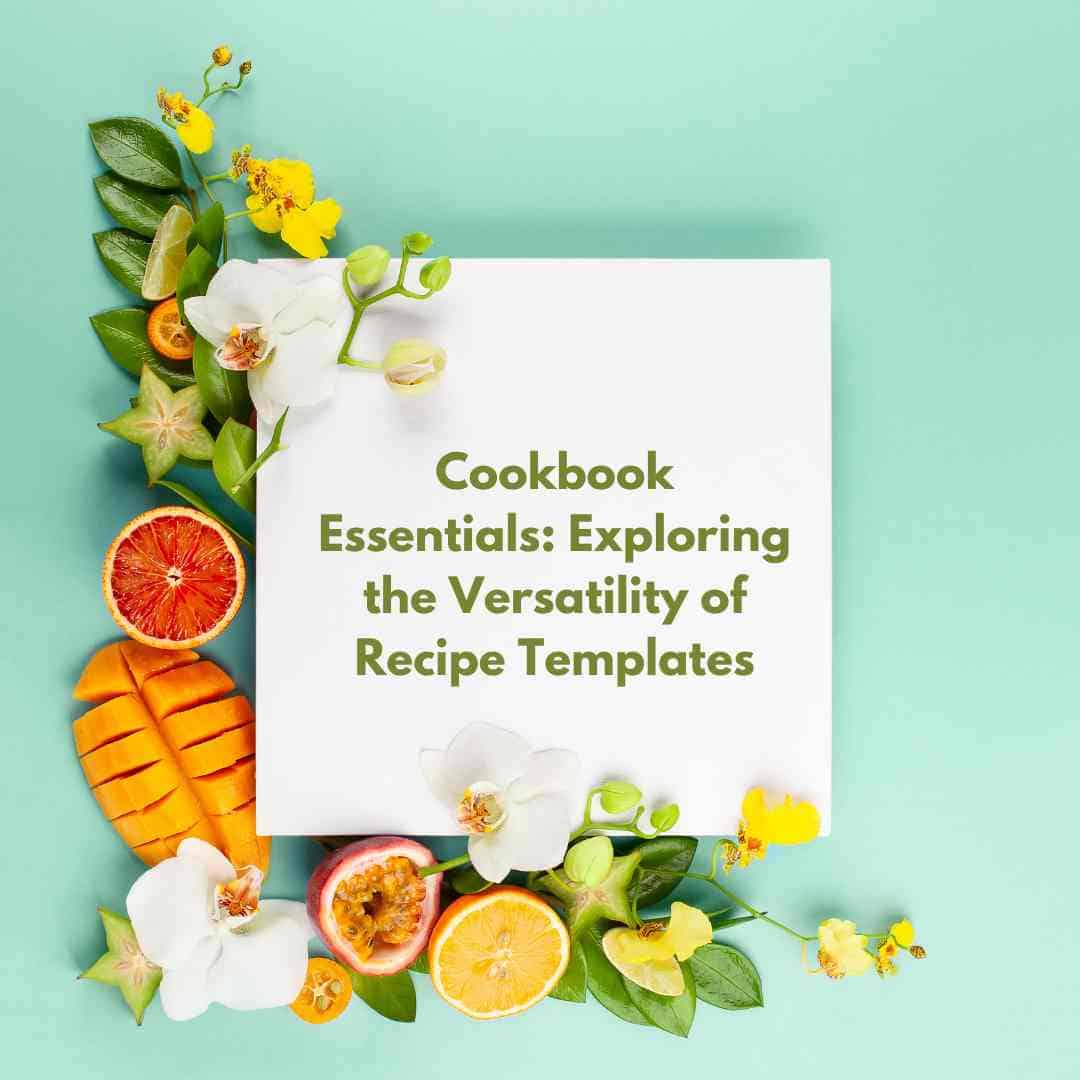
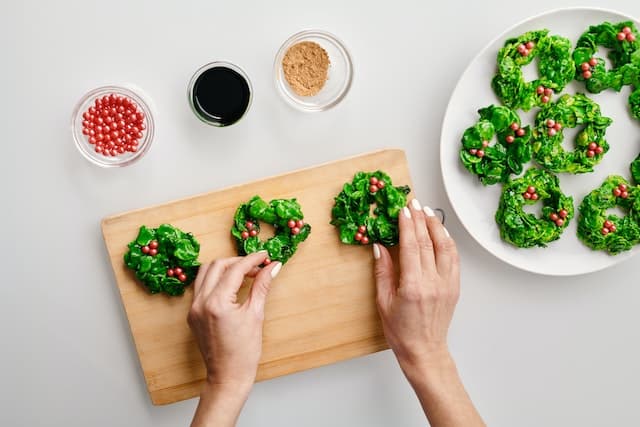
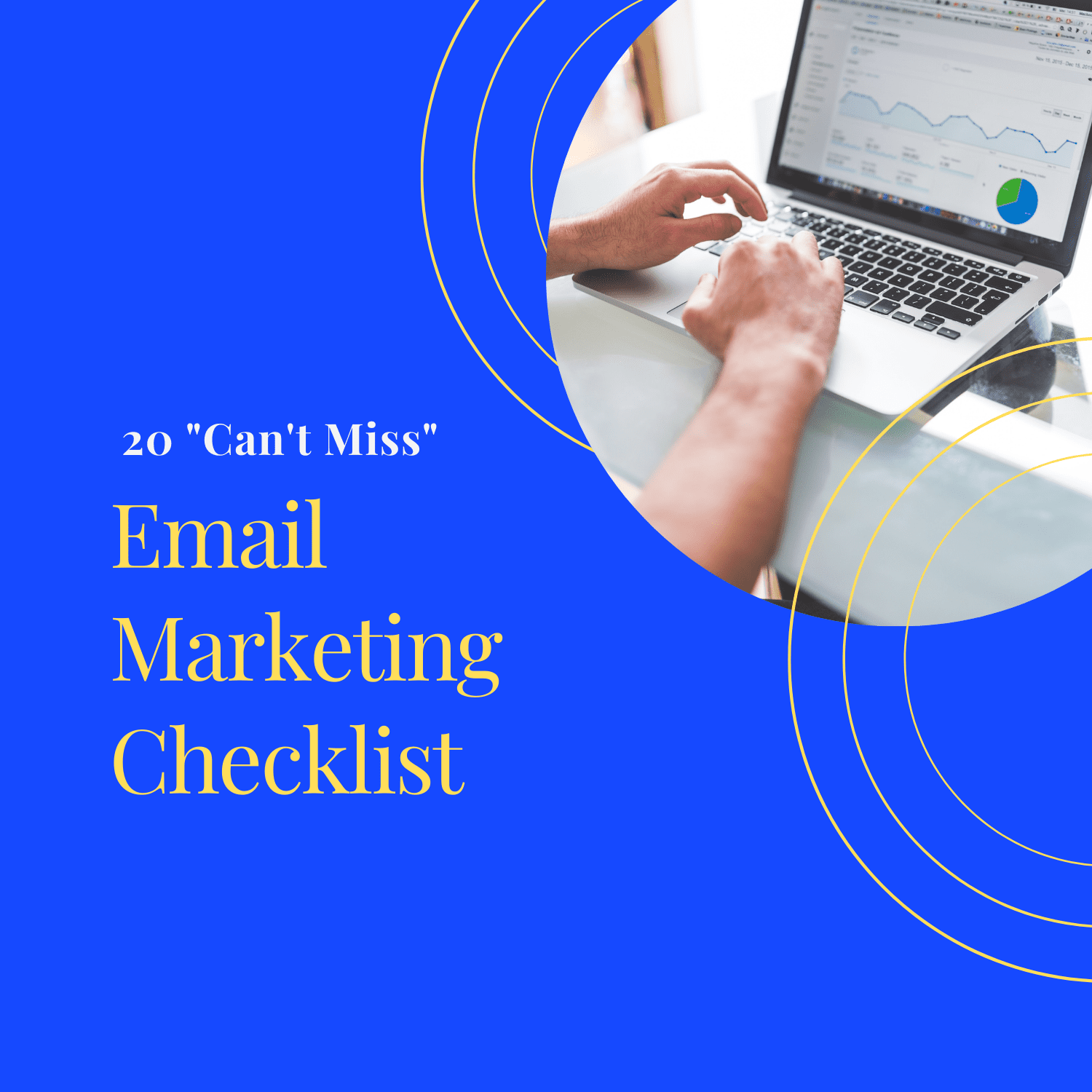
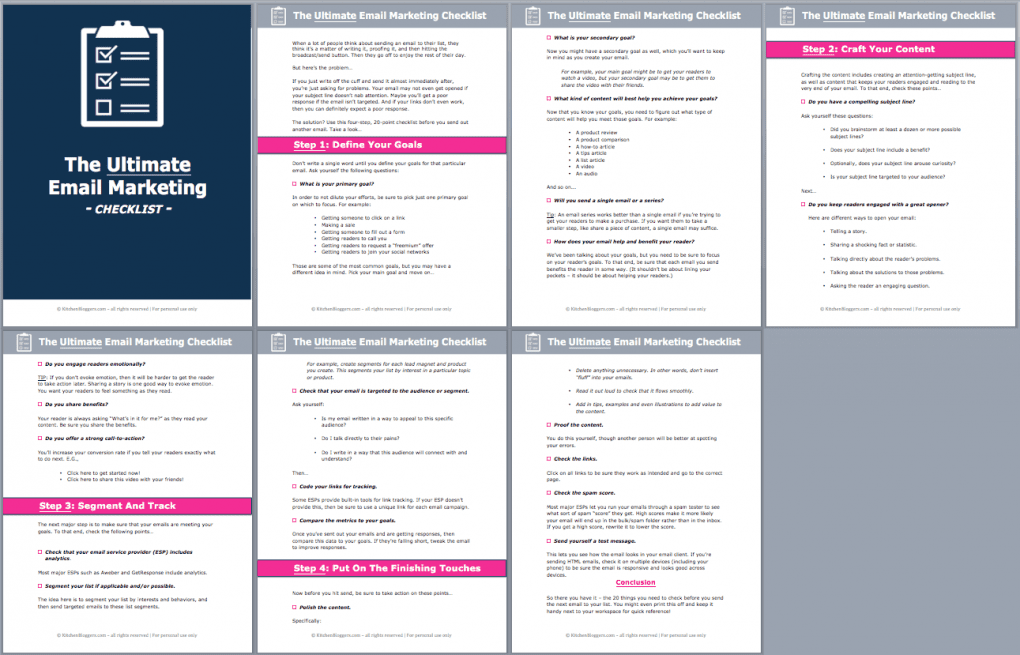



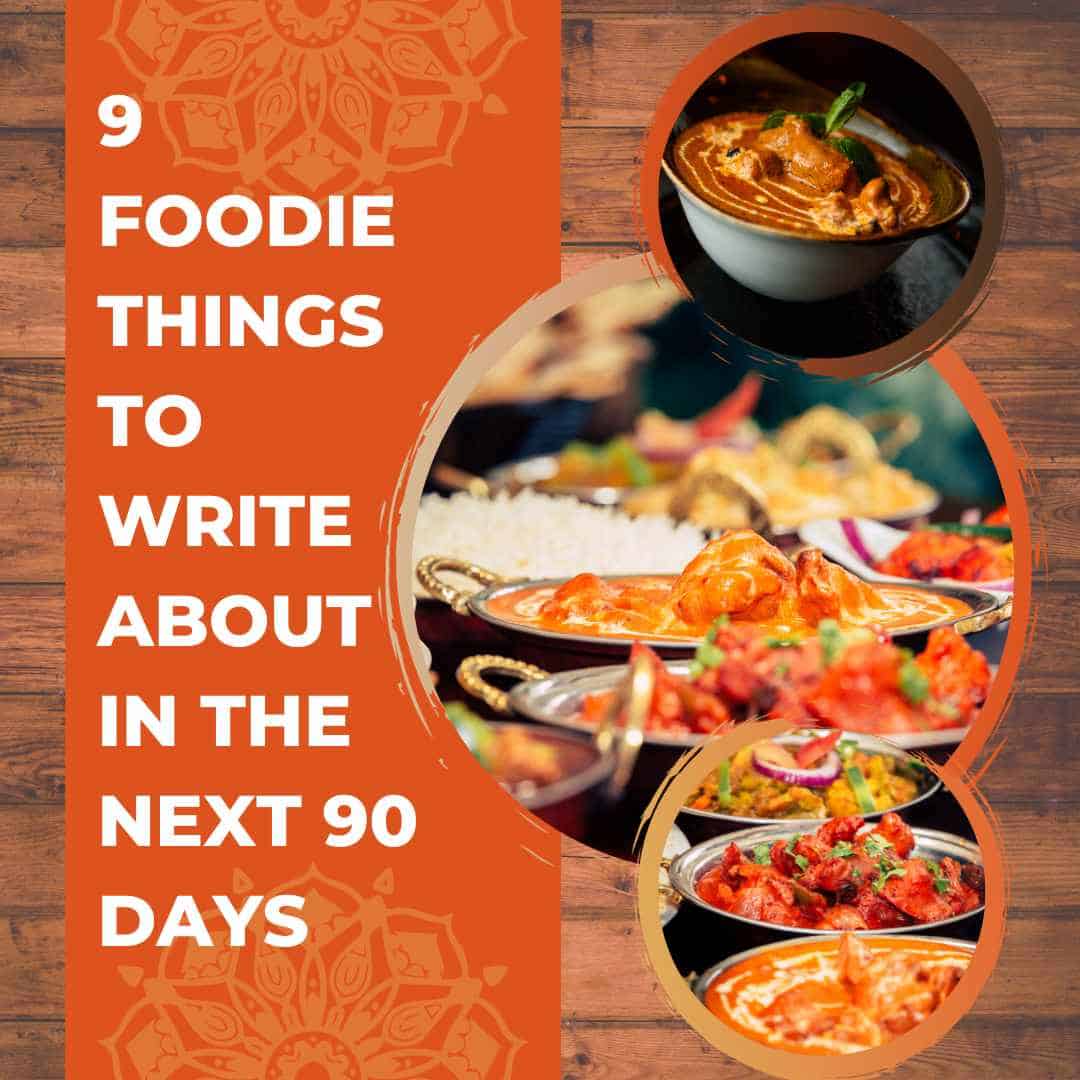
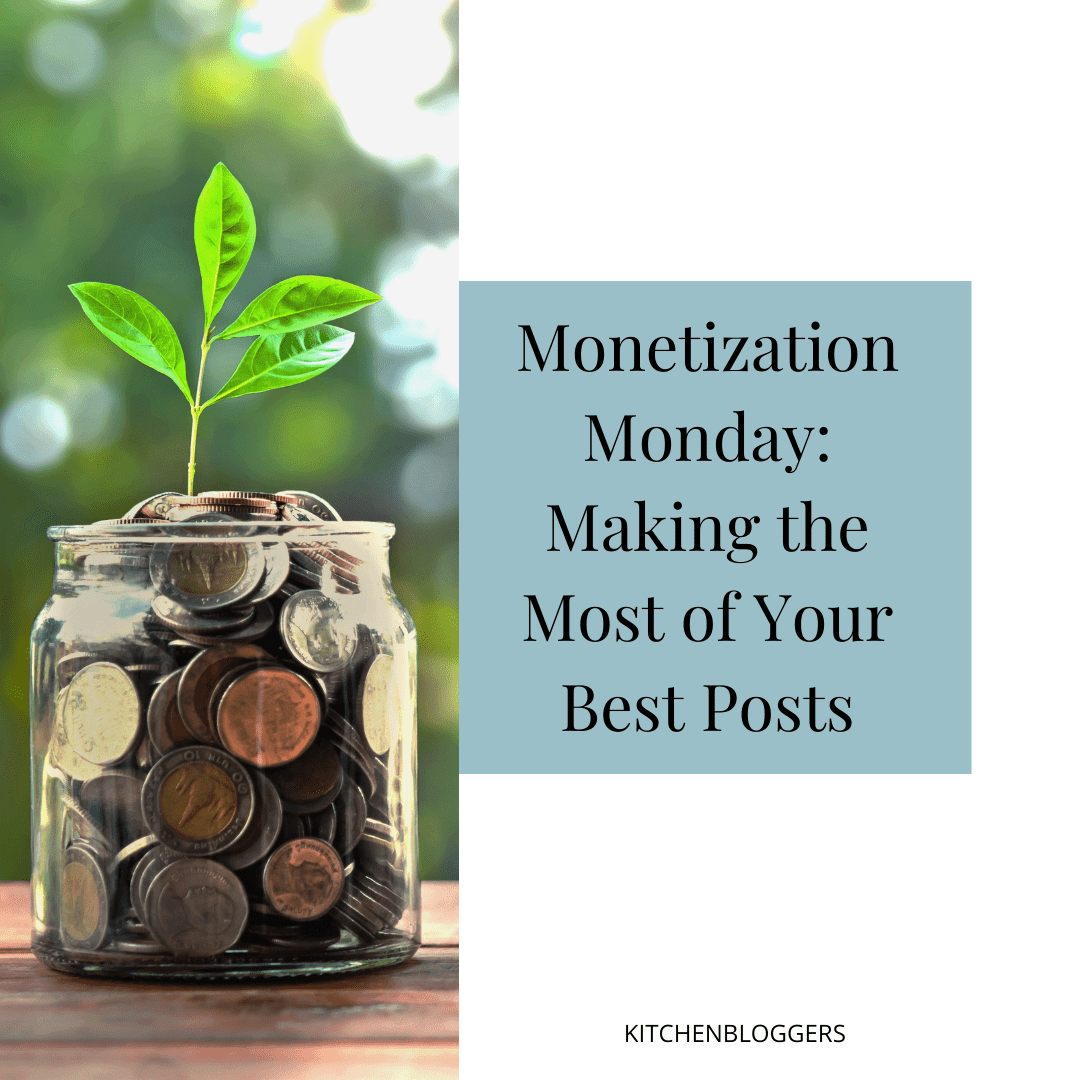


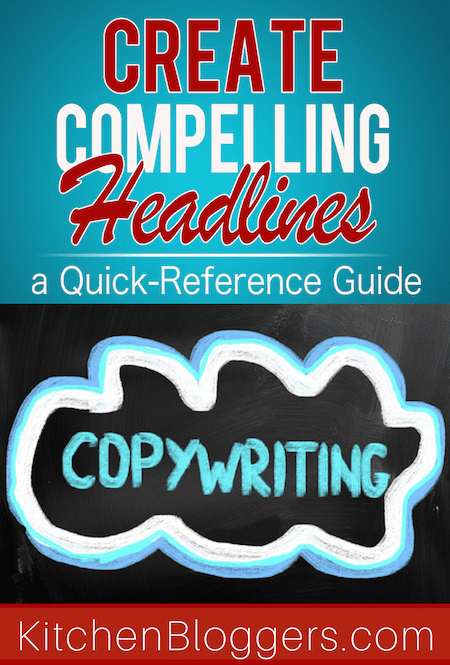 Why? Because you only have a few seconds to capture your visitors’ attention before they move on to something else.
Why? Because you only have a few seconds to capture your visitors’ attention before they move on to something else.

